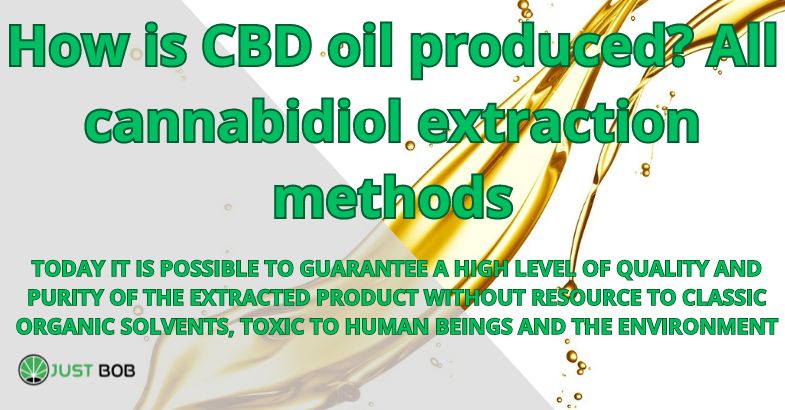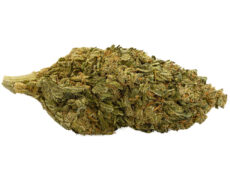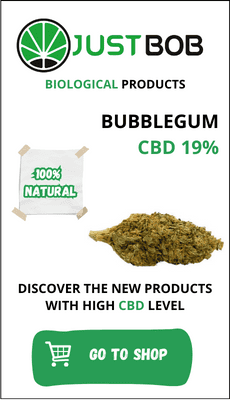Modified on: 15/07/2024
TODAY IT IS POSSIBLE TO GUARANTEE A HIGH LEVEL OF QUALITY AND PURITY OF THE EXTRACTED PRODUCT WITHOUT RESOURCE TO CLASSIC ORGANIC SOLVENTS, TOXIC TO HUMAN BEINGS AND THE ENVIRONMENT
Due to alleged health effects and favorable legislation, the demand for marijuana and CBD products has grown exponentially in recent years.
Among marijuana derivatives, CBD oil is one of the most popular among consumers around the world due to its versatility and convenience.
-
 SMALL & BIG
SMALL & BIGBUBBLEGUM
Indoor | CBD – CBDA<22%
Starting from:EASTER SALE -10%
1,25CHF1,10CHF/gGrams3 5 10 20 50 100 -


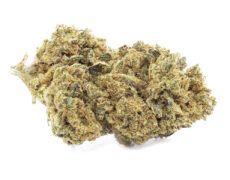
DO SI DOS
Starting from: 2,00CHF/gIndoor | CBD – CBDA < 19%
Grams3 5 10 20 50 100 -


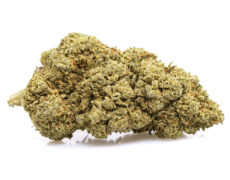
ROYAL GG#4
Starting from: 2,30CHF/gIndoor | CBD – CBDA < 40%
Grams3 5 10 20 50 100 -


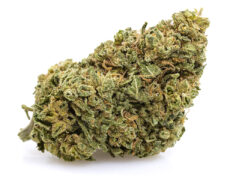
GORILLA GLUE
Starting from: 2,90CHF/gIndoor | CBD – CBDA < 20%
Grams3 5 10 20 50 100
In addition to being used orally, by ingesting drops, it can also be used topically and applied directly to the skin.
Furthermore, CBD oil is available in different types (depending on the composition and extraction technique) and with different concentrations of active ingredient.
In this article, we examine the main methods of extracting cannabinoids from marijuana plants and their advantages and disadvantages. Each technique has its own characteristics and some are more effective than others.
In this section there are the three main.
CBD oil: cannabidiol from ethanol extraction
This extraction method consists of using ethanol or ethyl alcohol to extract the cannabinoids and other molecules from marijuana and its flowers.
The plant is soaked in ethanol for a few days until absorbed, and then the resulting mixture (ethanol enriched with CBD) is filtered by distillation (boiling). Once the desired molecule has been extracted, the solvent evaporates and what remains at the end of this process is the CBD extract.
The advantages of this extraction technique are its economy and ease of production. It is no coincidence that this technique is appreciated by many amateur producers who use their home kitchen as a workshop.
The disadvantages, however, derive from the fact that the final product may contain traces of chemical residues if the evaporation process is not carried out correctly and, more generally, from the poor safety of this technique; As is easy to guess, the fact that alcohol is highly flammable makes the CBD extraction operation very risky.
Read also: Cannabinoid Extraction: What is the best method for extracting or obtaining CBD?
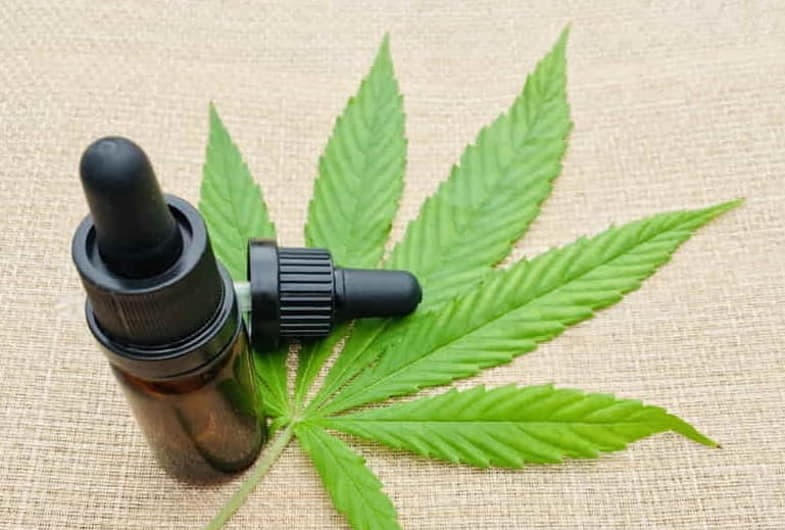

CBD oil: cannabidiol from the extraction of vegetable oil (for food use)
This method involves the use of natural plant oils, such as cannabis seed oil, olive oil, and coconut oil. Since these oils contain lipophilic molecules, that is, molecules that dissolve easily in fats contained in food, they are quite effective in extracting cannabinoids from the plant.
The plant is immersed in the oil and the resulting mixture is heated. In this way, the plant’s cannabinoids, including Cannabidiol, bind to the oil and form a mixture. Once the infusion has cooled and the cannabidiol (which has meanwhile bound to the oil) has been extracted, the plant material can be removed.
This technique is especially popular because it is based on a natural process and because it eliminates any possibility of harmful residues, effectively enriching the mixture with additional nutrients.
However, precisely because it is less aggressive than solvent extraction, this technique requires more time to isolate the cannabinoids and terpenes. Furthermore, the products obtained with this type of extraction must be stored properly to keep their nutritional properties intact.
The most obvious disadvantages are low yield, since the final product has a low CBD content, and quality, since its purity is not guaranteed.
CBD oil: cannabidiol from supercritical CO₂ extraction
In CO₂ (carbon dioxide, better known as carbon dioxide) extraction, the isolation of cannabinoids, terpenes and other molecules from the cannabis plant is carried out using carbon dioxide in a supercritical state.
Carbon dioxide subjects the active ingredient to be isolated to high pressure, bringing it to the critical point at which the liquid and gas phases become indistinguishable. In this way, on the one hand, the gaseous state of CO₂ releases the CBD from the plant, on the other hand, the liquid state allows the residual components to dissolve.
CO₂ extraction is the most sophisticated technique and also the most used in the industry, because it is the only one that can guarantee that no toxic residues or chemicals remain at the end of the process.
In fact, CO₂ is inert and non-toxic, so it has no impact on the environment.
In short, supercritical extraction is a more than viable alternative to classic separation systems because it guarantees a high degree of quality and purity of the extracted product.
On the other hand, the application of this process is very expensive. Obviously, this technique can only be performed in specialized laboratories.
Read also: Cannabinoid CBG: property, effectiveness and where to find it
Guide to how to make CBD oil at home: process and tips
Making CBD oil at home can be a rewarding way to enjoy its benefits. For example, CBD oil can be made by combining carrier oils such as olive or coconut oil with CBD-rich plant matter.
The process can vary, so it is important to make sure you follow the correct instructions to obtain a quality oil.
On the one hand, the virgin olive oil is heated over low heat in a saucepan along with the CBD-rich marijuana.
On the other hand, coconut oil can be the carrier oil of choice. The mixture is filtered through a coffee filter or a glass jar with a filter to ensure you get a clean oil without residue of plant matter.
How to make CBD oil: additional explanations
To make high-quality CBD oil, ultimately, it is important to follow a careful process. For example, it is recommended to ensure that the plant material is clean and of high quality to obtain a CBD-rich oil. The THC difference, that is, the absence of this psychoactive component in CBD, is key in this process. Ensuring that full-spectrum CBD oil is made may involve a higher concentration of terpenes and other beneficial plant compounds.
It is essential to make sure you store the oil in a cool, dark place to preserve its properties. You will filter the resulting mixture through a coffee filter or a glass jar with a filter to obtain a clean, high-quality oil. The filtering process is essential to ensure the purity of the oil. When making CBD oil at home, one can enjoy its different variations depending on their experiences, but it is essential to follow precise instructions to obtain an optimal final product.
Considerations when making CBD oil: differences from THC and preservation of properties
It is important to note that the THC difference, that is, the absence of this psychoactive component in CBD, makes its effects different. Therefore, when making Cannabidiol oil, it must be taken into account that it is a process that will not be published on all electronic and web platforms.
However, to obtain a full spectrum oil, with a higher percentage of terpenes, you can consider enjoying its different variations according to each person’s experiences. Therefore, it is recommended to store it in a cool, dark place to preserve its properties.
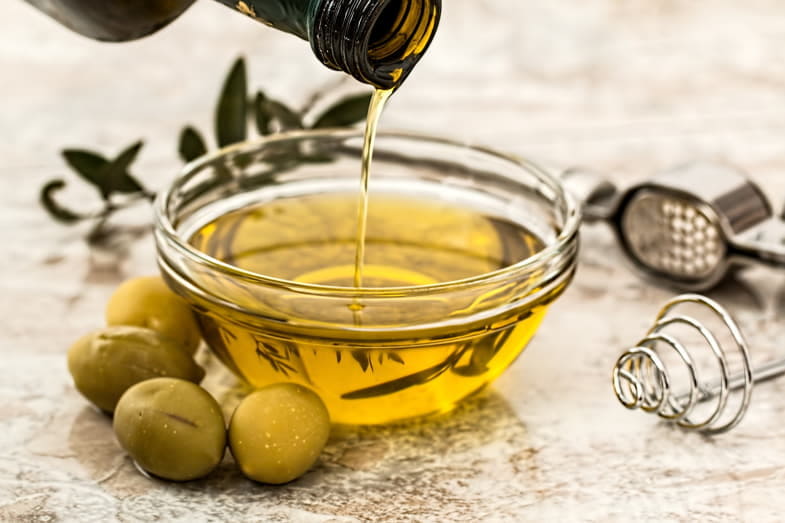

What is the best CBD extraction method?
What assessment can be made of the characteristics and effectiveness of the techniques illustrated here?
In general, CO₂ extraction seems to be the best technique in terms of the results obtained: the ability of this method to extract the active ingredient without leaving toxic residues guarantees a high level of quality and purity of the extracted product.
In particular, the choice of extraction technique depends on the intended use of the active ingredient obtained. Therefore, if, for example, CBD is to be used as an ingredient in the production of food or cosmetics, methods that could lead to the presence of harmful substances in the final product should be avoided.
Advances in CBD oil extraction: innovation and quality without toxic solvents
The CBD oil extraction process has evolved considerably in recent years, offering safer and more efficient methods to obtain a high-quality product. Traditionally, classic organic solvents were used, but today it is possible to guarantee a level of purity and quality without resorting to these solvents, which are harmful to human health and the environment.
The surge in demand for THC-free marijuana and CBD cannabis products has been fueled by purported health benefits and favorable regulations. Among these products, CBD oil stands out for its versatility, since it can be consumed orally or applied topically to the skin.
Comparison of CBD oil extraction methods: safety, efficiency and quality
In this context, different CBD oil extraction methods have been examined. Among them, three main techniques stand out: ethanol extraction, vegetable oil extraction and supercritical CO₂ extraction. Ethanol extraction is inexpensive and easy, but can be dangerous due to the flammability of the alcohol and possible chemical residues if evaporation is not performed correctly.
On the other hand, extraction with vegetable oil, although natural and free of residue, requires more time and may have lower yield and purity in the final product. Finally, the supercritical CO₂ technique is the most sophisticated and safest, guaranteeing a high purity product without toxic residues. However, its implementation is expensive and requires specialized facilities.
Conclusions
Finally, the supercritical CO₂ technique is the most sophisticated and safest, guaranteeing a high purity product without toxic residues. However, its implementation is expensive and requires specialized facilities.
In conclusion, while exploring different extraction methods, it is crucial to consider the safety, efficacy, and purity of the final product. Moving towards safer and more efficient methods in CBD oil production is essential to ensure quality and benefit to consumers.
If you want to try CBD oils of the highest quality, obtained with the most advanced technologies to guarantee the purity of the extracted product, go to JustBob where you will find a selection of our best products.


